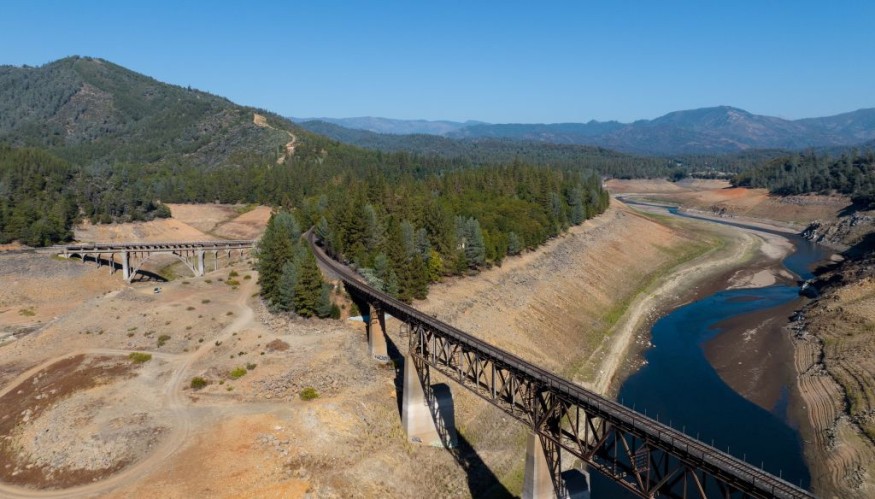Drought conditions and hot temperatures are affecting more than half of the mainland US, according to a recent report by the US government.
The climate phenomenon is affecting not only agriculture but also bodies of water like lakes, rivers, and reservoirs.
US Drought Conditions

According to the U.S. Drought Monitor, 48.1% of the total US and 57.51% of the mainland 48 states are experiencing some degree of drought conditions as of November 29.
These conditions are especially worse during the summer season, wherein 33.3% of all land in western and southwestern states like California, Oregon, Texas, Nevada, Utah, and New Mexico experienced extreme or exceptional drought in July of this year, the US government agency added.
While California and other parts of the South and Southeast received significant precipitation by early December, other parts of the western and eastern US received lesser amounts of precipitation.
The US government report supports the existing data that high temperatures and dry conditions, which have been gradually increasing in intensity and duration in the past few decades, have significantly affected water levels on rivers and lakes across the US, Newsweek noted.
Some of the affected bodies of water include:
- Lake Mead
- Colorado River
- Mississippi River
- Emigrant Lake
- Cachuma Lake
- Flaming Gorge Reservoir
Western US Drought
In February, a study was published in the journal Nature Climate Change, where researchers found that between 2000 and 2021 is the driest period in the history of the Western US in the last 1,200 years, predicting that such drought could last until 2030.
Like in many other research, the said study link human-induced climate change to be the one of the aggravating factors of such long-lasting phenomenon.
Scientists previously revealed that climate change has transformed the atmosphere over the US region, resulting in severe soil moisture loss.
In the 2022 study, the researchers attributed climate chance for causing around 42% of the soil dryness between 2000 and 2021, which was also covered by Nature World News.
What is Drought?
Drought is defined as a lack of precipitation, including rain, snow, or sleet, for an indefinite period of time, resulting in water shortage.
While droughts occur naturally, human activities, such as water use and water management can aggravate dry conditions.
This is according to the Natural Resources and Defense Council (NRDC), which also said the perception of drought varies from region to region worldwide.
While natural disasters like storms, hurricanes, and wildfires come and go in a predictable manner, leaving widespread damage and disruption.
However, drought is reportedly hard to predict and can last without a fixed period, since meteorologists can also get confused if a current dry spell or dry conditions is weather a drought or not.
In addition to the US, developing nations are particularly vulnerable to the impacts of climate change, including drought.
Over 80% of drought-triggered economic damage and loss suffered by these countries from 2005 to 2015 targeted cops, fisheries, and livestock, according to the NRDC.
In addition, drought in developing countries is significantly impactful for creating food and water insecurity, exacerbating pre-existing problems like famine and civil unrest.
Related Article: Drought in Western US Could Last Until 2030 Due to Climate Change
© 2025 NatureWorldNews.com All rights reserved. Do not reproduce without permission.

